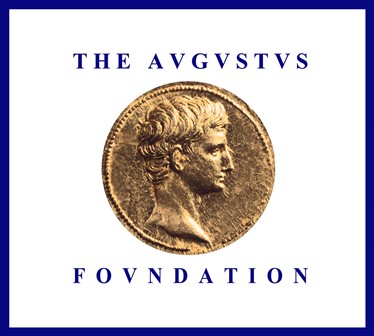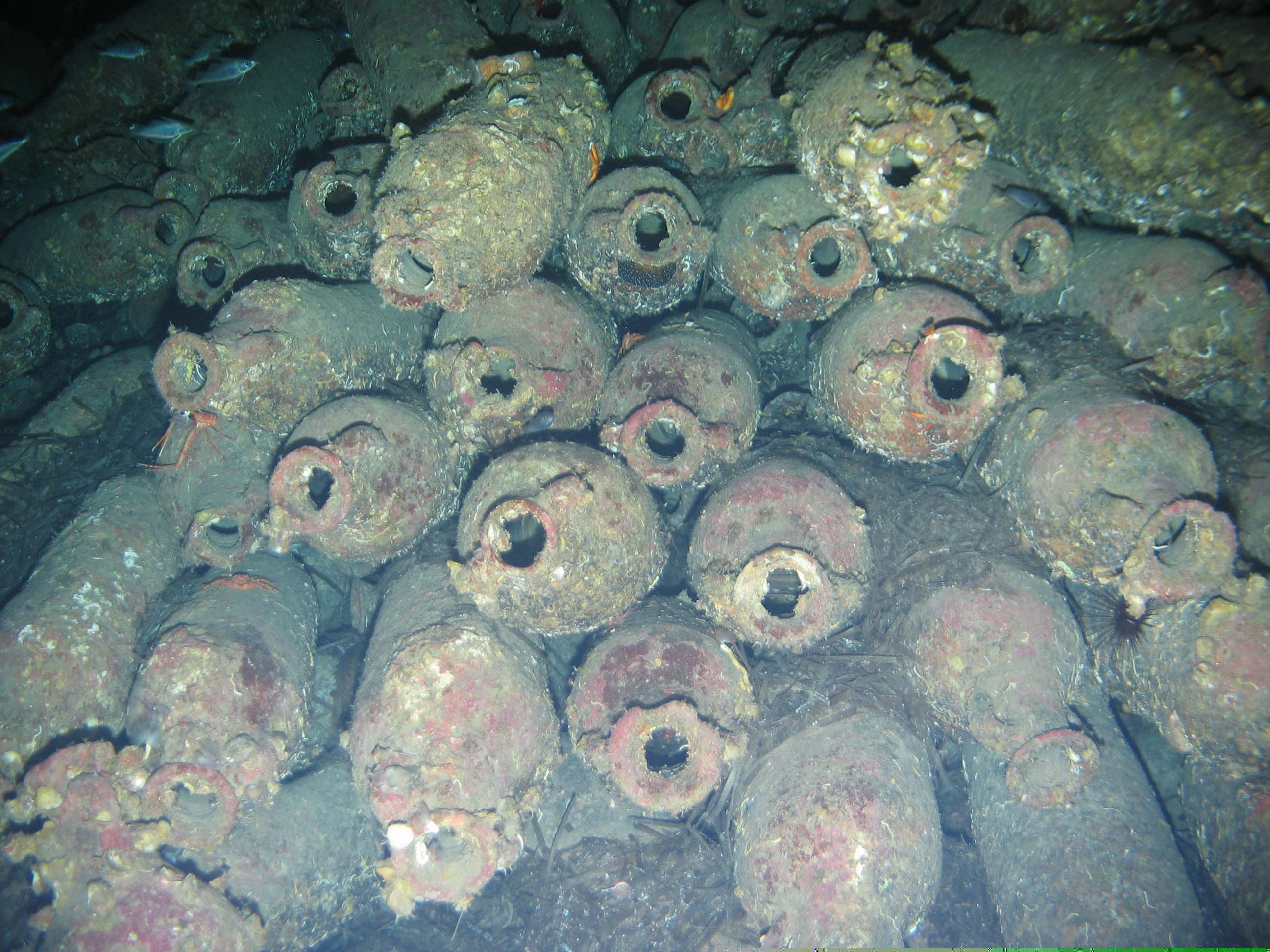Tyler Franconi and Candace Rice, both affiliated with the Oxford Roman Economy Project, are organizing a session on New Models of Trade and Supply in the Roman Empire at this year's Annual Meeting of the American Institute of Archaeology. The session presents current investigations into the economics of trade and supply within the Roman Empire. In particular, it aims to assess the extent and scale of regional and micro-regional integration of economic systems within the larger Roman economy.
Regional needs varied based on many factors. To meet these needs, areas were supplied by both local and long-distance resources, though the mechanics of this supply are not fully understood. The level of inter-regional economic connectivity needs further investigation. How important was local production relative to imports, and what socio-economic reasons can we see behind this relationship? To what extent was trade driven by consumer demand? How did Imperial and private enterprise influence the movement of commodities? How much knowledge did merchants and producers have of their destination markets, and was trade truly as haphazard as some scholars would have us believe?
To begin to address these issues, this session encompasses a range of new research being carried out in the field of Roman economics. Following a brief introduction to the above questions, each paper presents a specific case study. The first paper, by Dr. Ben Russell, former OxREP graduate student, investigates the issues on a broad scale though an examination of the stone trade on a local, regional and inter-regional scale. The papers then progress geographically across the Empire from the Northwest provinces to the Far East. The second paper by Tyler Franconi discusses the ways in which the Rhine frontier was supplied with amphorae-born products. Subsequently, Dr. Miko Flohr investigates the fulling industry in central Italy, examining how a key part of the textile trade operated within specific urban environments. The fourth paper, by Candace Rice, examines coastal Lycia in order to understand how a region with low agricultural output depended on the sea to support a prosperous urban landscape. The final paper by Taco Terpstra (Columbia University) approaches trade from an epigraphic standpoint, examining the organization of exotic trade through the establishment of Nabatean agents in Italian cities in order to facilitate the import of foreign goods. The session will conclude with a discussant, William Harris.
These papers are diverse in their approaches and geographic foci, but are united within the discussion outlined above. By investigating these issues, we illustrate some of the many ways in which different areas interacted with each other throughout the Roman period, and how this contributed to an overall "Roman economy."



